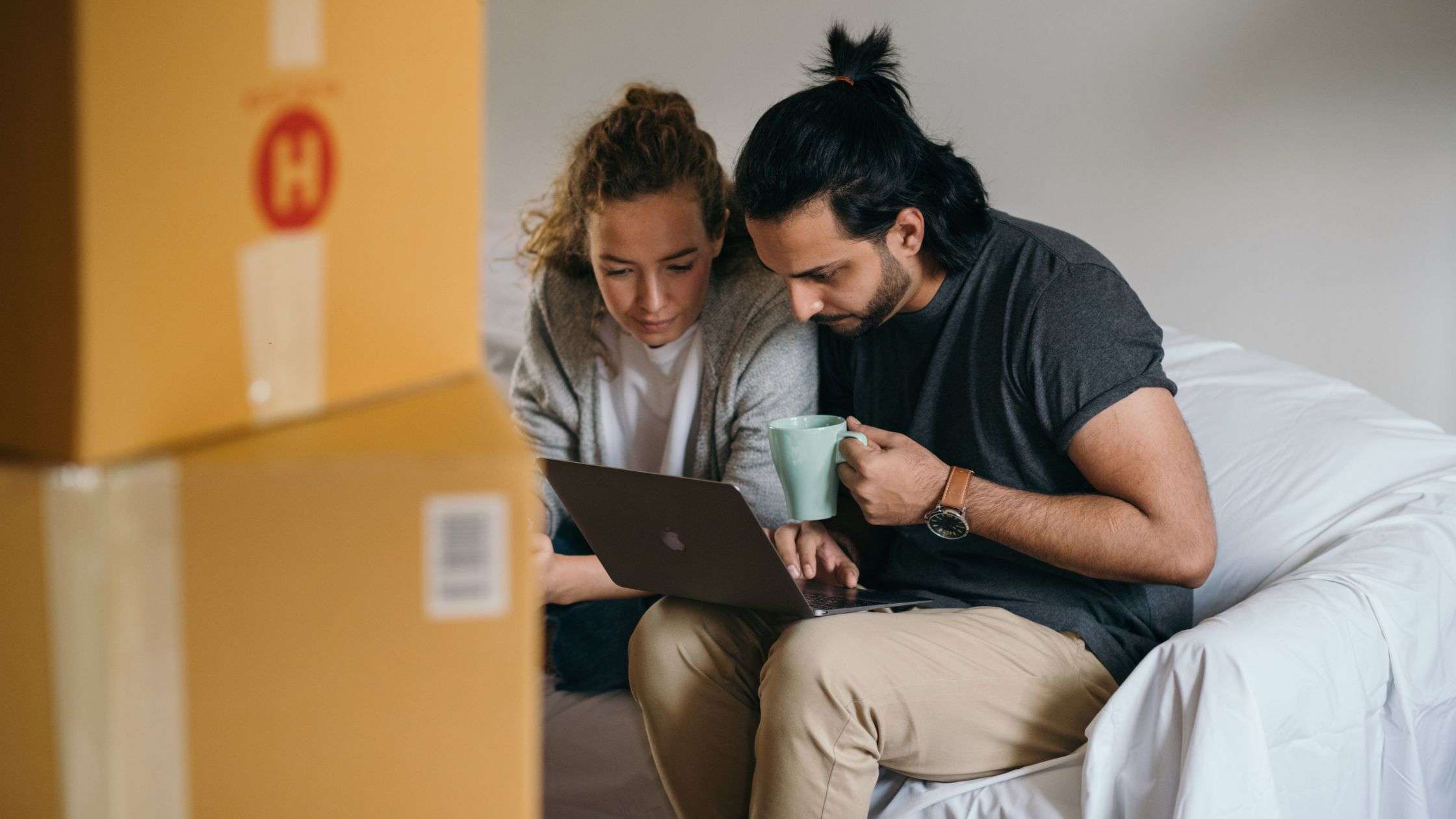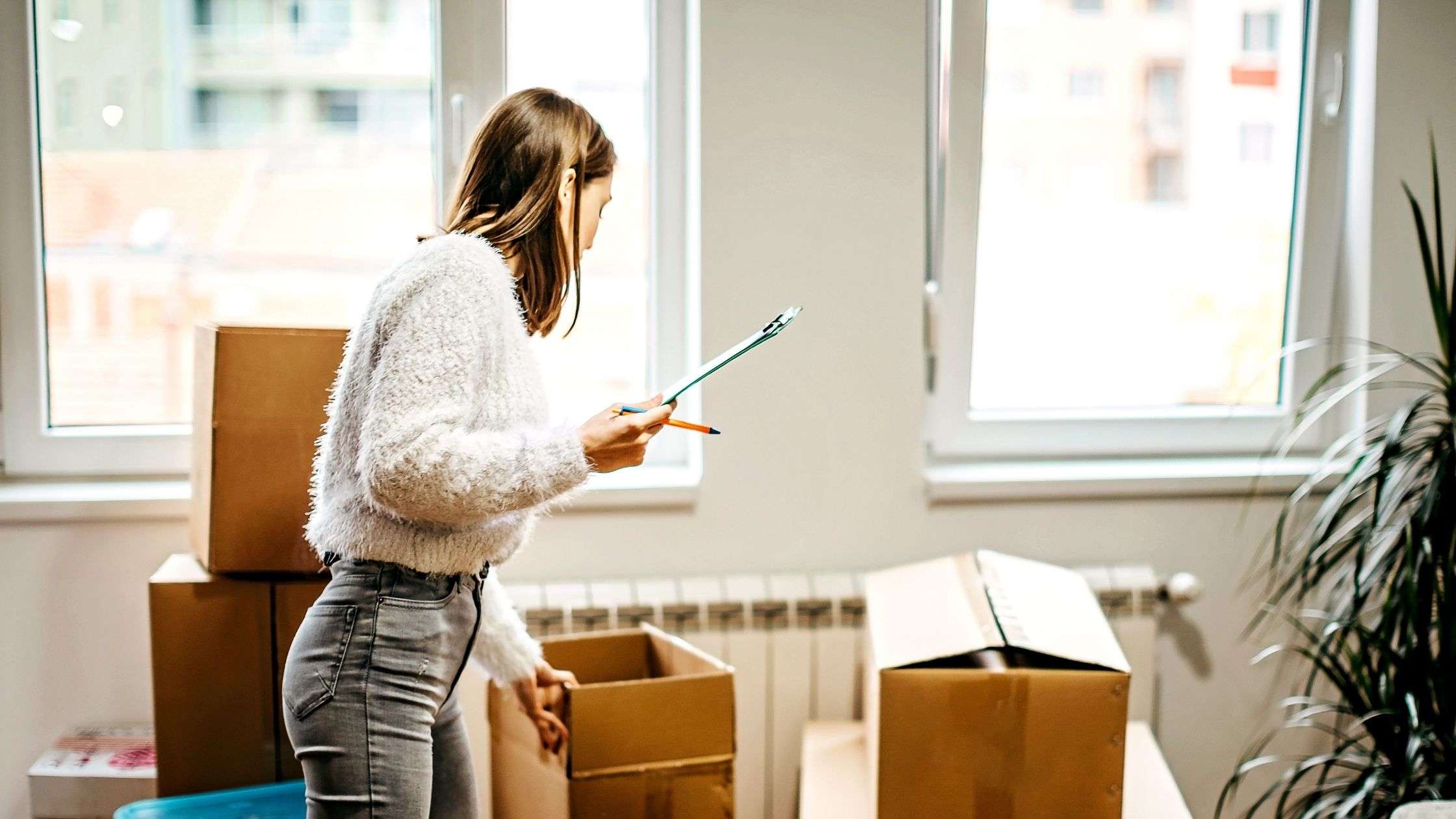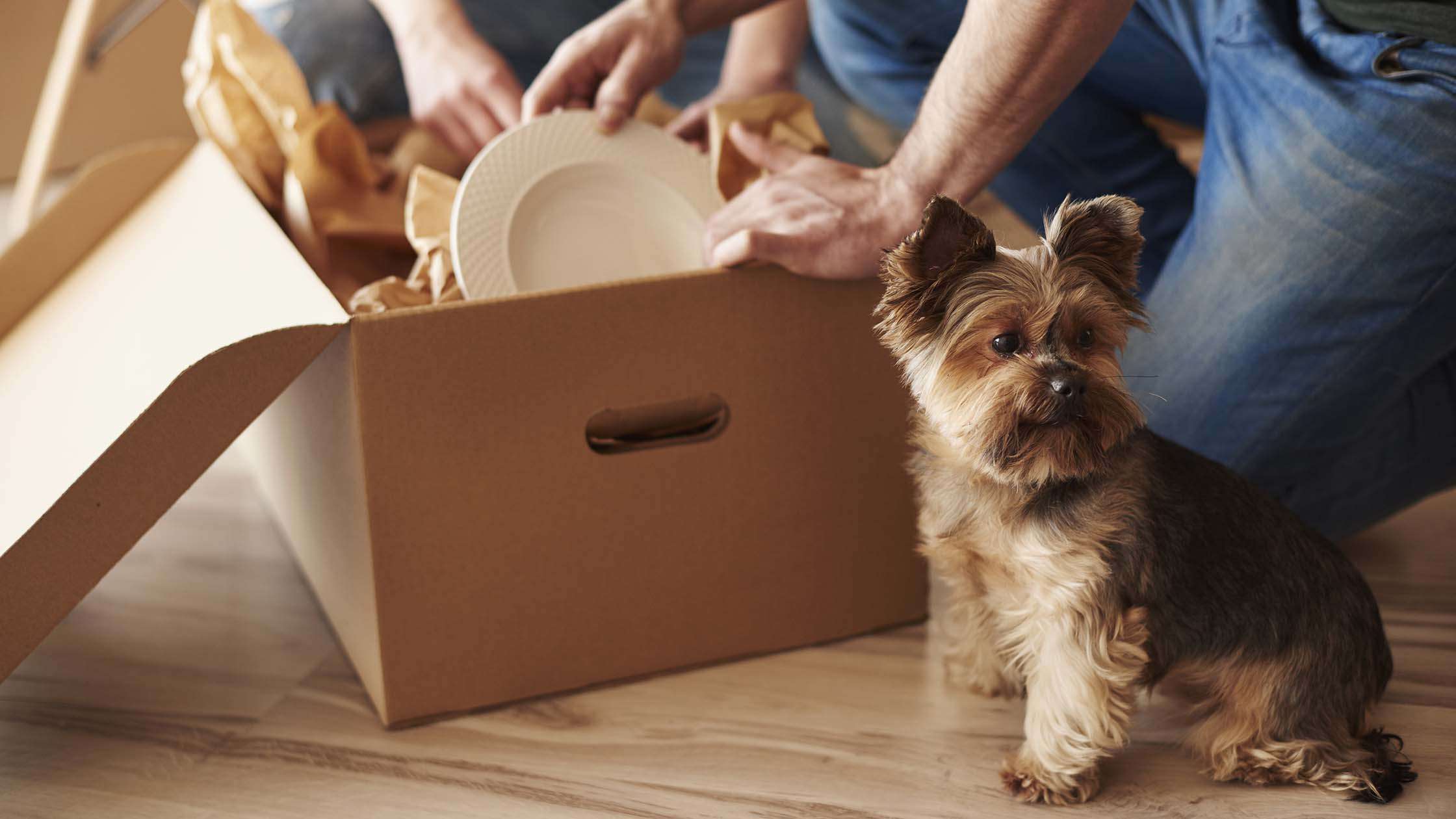When getting ready to head off to university, one of the big things to prepare for is moving away from home. While you may not necessarily be scared of it, there’s still a fair bit of anxiety that comes with having no idea what to expect.
If you’re moving away for uni and your anxiety is starting to get the best of you, here are a few practical tips for first-timers to help make your transition a little bit smoother.
Learn to manage your time
Being a university student is almost like having a full-time job, so make sure to write up a schedule or establish a routine. This will assist you in making sure you get everything done in time while still leaving free time for life. Be sure to include fitness breaks, meals, and study sessions.
Keep stress levels manageable
Regular exercise, adequate rest, good nutrition, and meditation are all top-rated and easy-to-implement methods of self-care designed to reduce stress. Don’t make the mistake of waiting for your stress levels to become unbearable before taking action. Instilling positive habits into your everyday routine is the best way to stay mentally zen amidst looming due dates.
Keep yourself financially in check
It’s crucial to establish a healthy relationship with money as a first-year student. This includes learning how to handle daily expenses, balance a bank account, read a bank statement, learn to live responsibly within a budget and save for future expenses.
Get involved on campus
Universities are huge. The best way to avoid feeling lost in the shuffle is to get involved in campus life. Sign up for clubs and societies that interest you, join a sports team, or just join friends to watch a match. Not only will you meet new people, but you’ll feel more rooted in your new life.
Remember that you’re not saying goodbye to your old life, but rather hello to your new one. And if you need help packing or moving your things, don’t forget about Wigwam’s student storage units, quality packaging supplies and professional removal services in Chipping Norton. No matter your moving needs, we can help make the process easier for you! Pop in for a tour of our facility or get an easy quote online.









